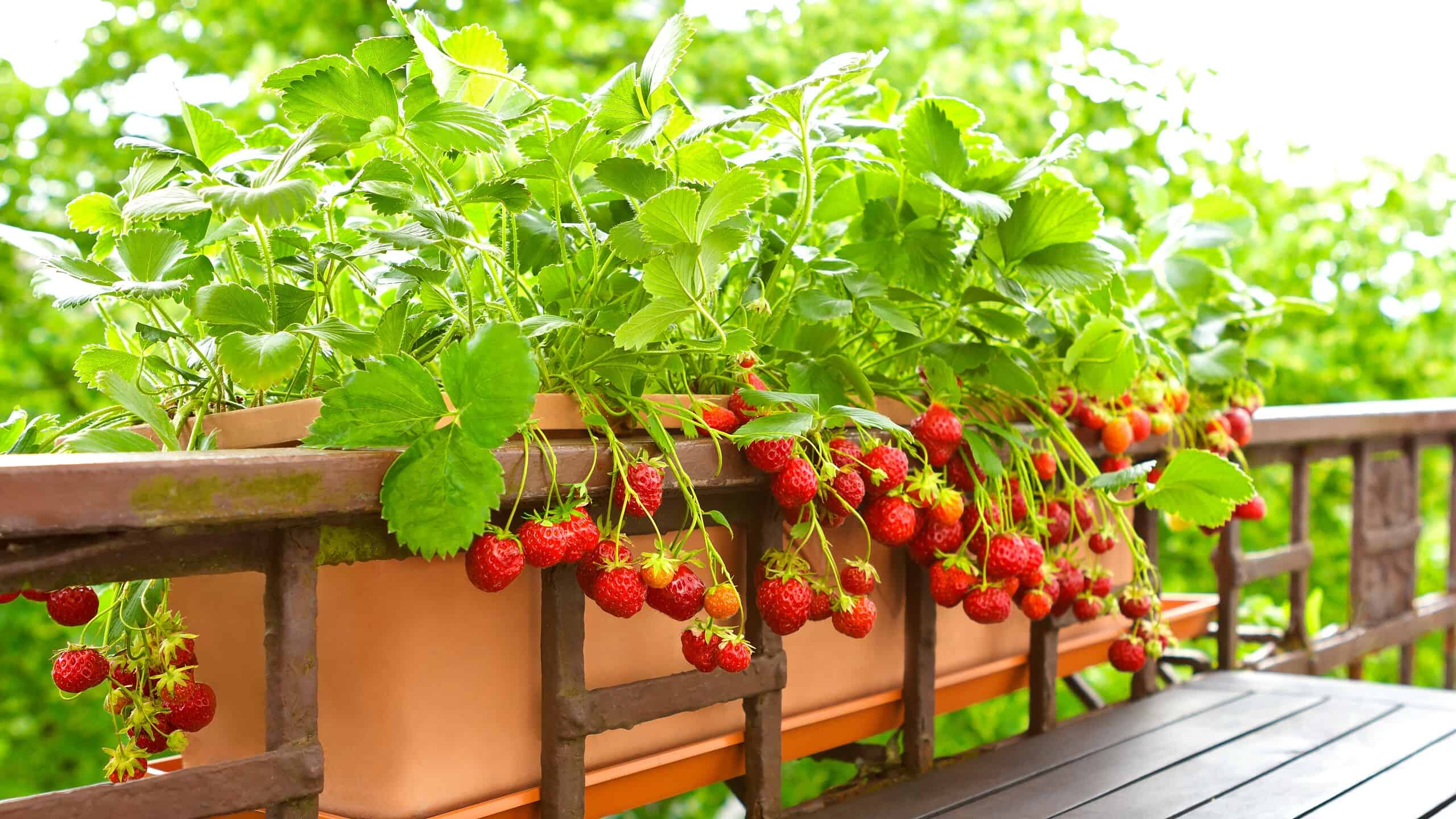Everybody loves juicy, red strawberries. But you don’t want to harvest tiny berries if you’re growing them. If you have a problem with the size of your strawberries, rest assured you are not alone.
There may be several reasons why your strawberry plants produce small fruit. So, whether you’re planning to grow strawberries in your yard, on a balcony, or indoors, the principles outlined here will serve as your roadmap to a giving harvest of sizable strawberries.
Get ready to unlock the secrets to growing strawberries that are not only bigger but also richer in taste and satisfaction.
Why Are My Strawberries Not Getting Big?
Several factors contribute to strawberries not reaching their full growth potential. Understanding their growth process is important if you strive to cultivate these berries. Various elements can impact the size of the fruit.
Let’s explore why your berries are so small.
1. Variety
Some strawberry varieties naturally produce smaller berries. You might not see big fruit even under the best conditions if you’ve chosen a variety known for smaller fruits.
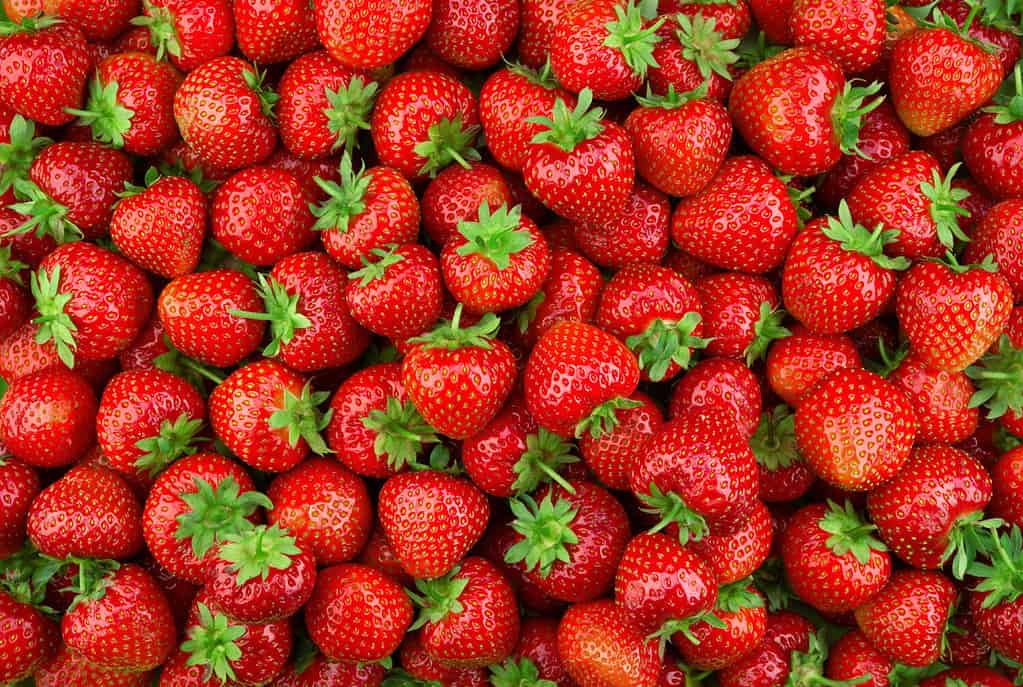
There are more than 600 strawberry varieties to choose from.
©MarcoFood/Shutterstock.com
2. Nutrient Imbalance
Strawberries need a balance of nutrients, including nitrogen, phosphorus, and potassium, to thrive. An imbalance in these nutrients can affect fruit size. Too much nitrogen, for example, can lead to the growth of too many leaves at the expense of fruit development.
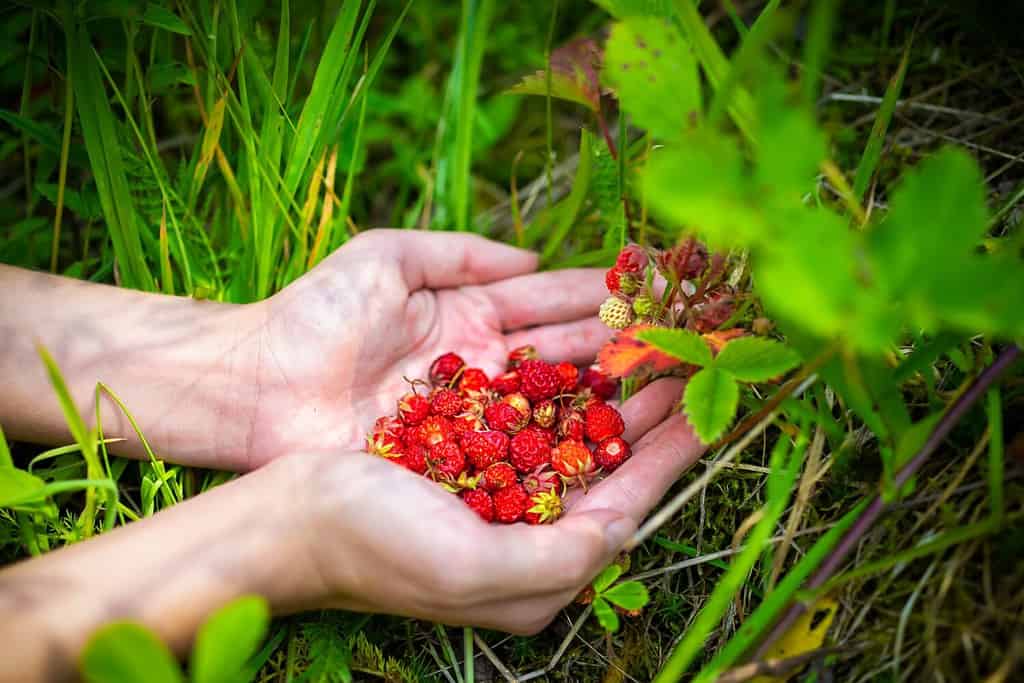
Use the right compost to feed your growing plants.
©Andriy Blokhin/Shutterstock.com
3. Soil Quality
Strawberries require well-draining, nutrient-rich soil. Poor soil quality can limit the plant’s access to essential nutrients, leading to smaller fruit. Do a soil test to determine if your soil needs changes.
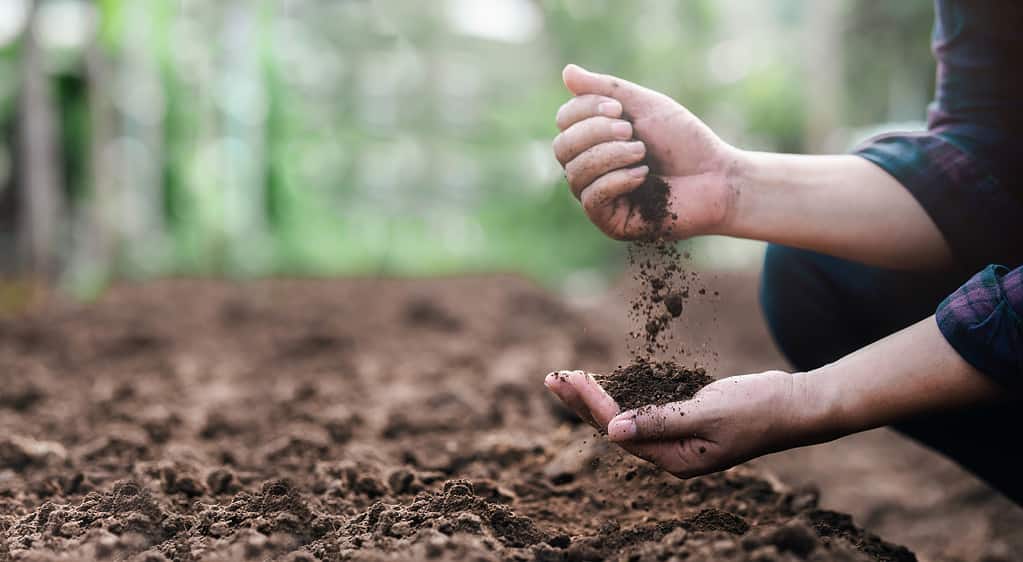
Soil that drains well and is rich in nutrients will make your plants thrive.
©Sakorn Sukkasemsakorn/iStock via Getty Images
4. Fertilization
Improper fertilization can impact berry size. According to this schedule, a balanced fertilizer can help promote healthy fruit growth.

Combine a good potting mix with compost to grow plump fruit.
©Singkham/Shutterstock.com
5. Watering
Irregular watering can lead to smaller berries. Strawberries need consistent watering throughout their growing season, especially during flowering and fruiting.
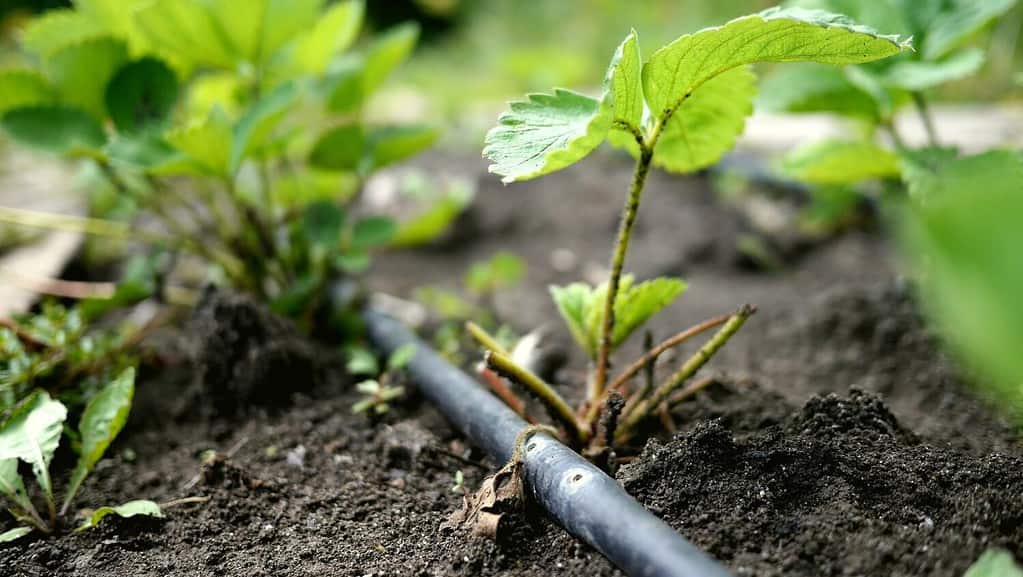
Overwatering can cause root rot.
©Nadeene/Shutterstock.com
6. Overcrowding
Planting strawberries too close together might cause them to compete for nutrients and sunlight, resulting in smaller berries. Enough spacing allows each plant to receive the resources it needs.

When your strawberry plants become too overcrowded, trim old or dead leaves and remove small or old fruit to make room.
©V_Sot_Visual_Content/Shutterstock.com
7. Pests and Diseases
Pests such as aphids, mites, or diseases like fungal infections can stress the plants and cause small fruit to grow.
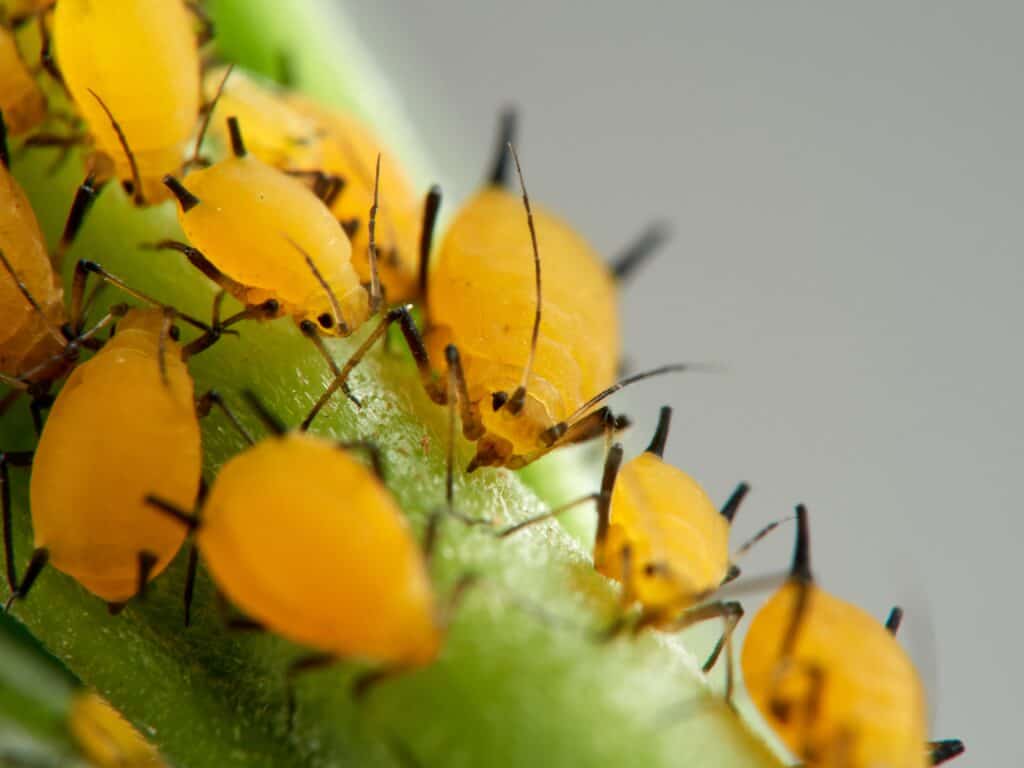
Yellow aphids threaten the growth of plants.
©Macronatura.es/Shutterstock.com
8. Temperature Extremes
Strawberries prefer moderate temperatures. Extreme heat can stress the plants. On the other hand, cold temperatures during flowering can lead to poor pollination and smaller fruit.

Cover your plants with frost cloth, sheets, or blankets during frosty nights.
©Tasha-photo/Shutterstock.com
9. Pruning Practices
Pruning, runner management, and other cultivation practices influence plant energy allocation. Incorrect pruning or neglecting runner removal can impact fruit size.
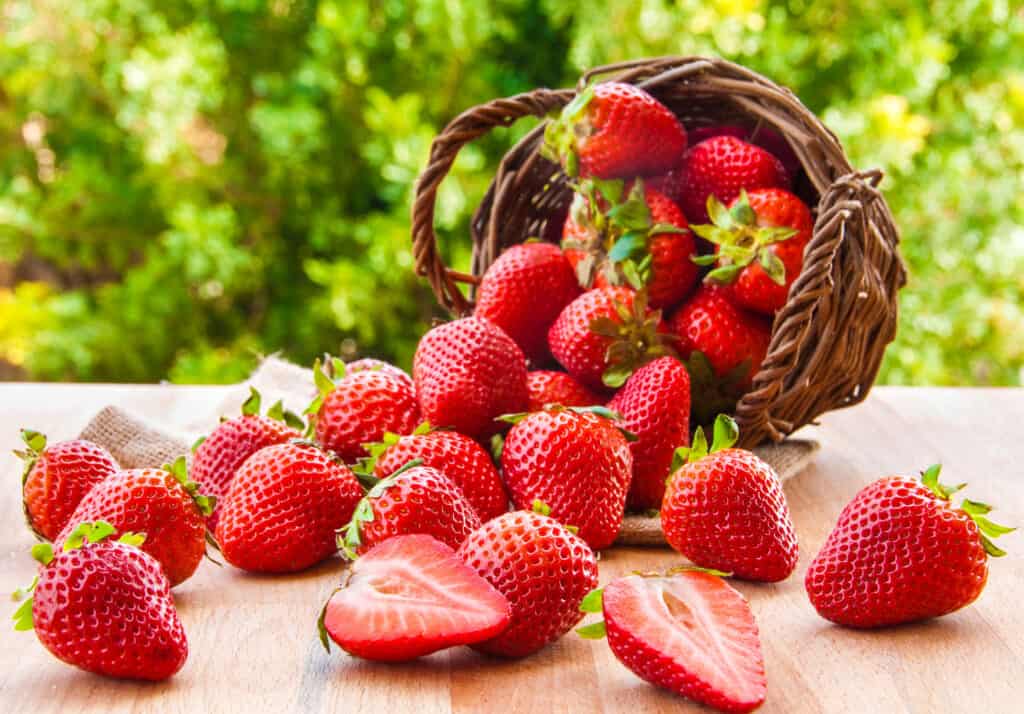
Prune strawberry plants to ensure healthy shoots grow.
©iStock.com/MariaUspenskaya
10. Lack of Sunlight
Strawberries require ample sunlight for photosynthesis and fruit development. Your berries may not reach their full potential if you grow them in a shaded area.
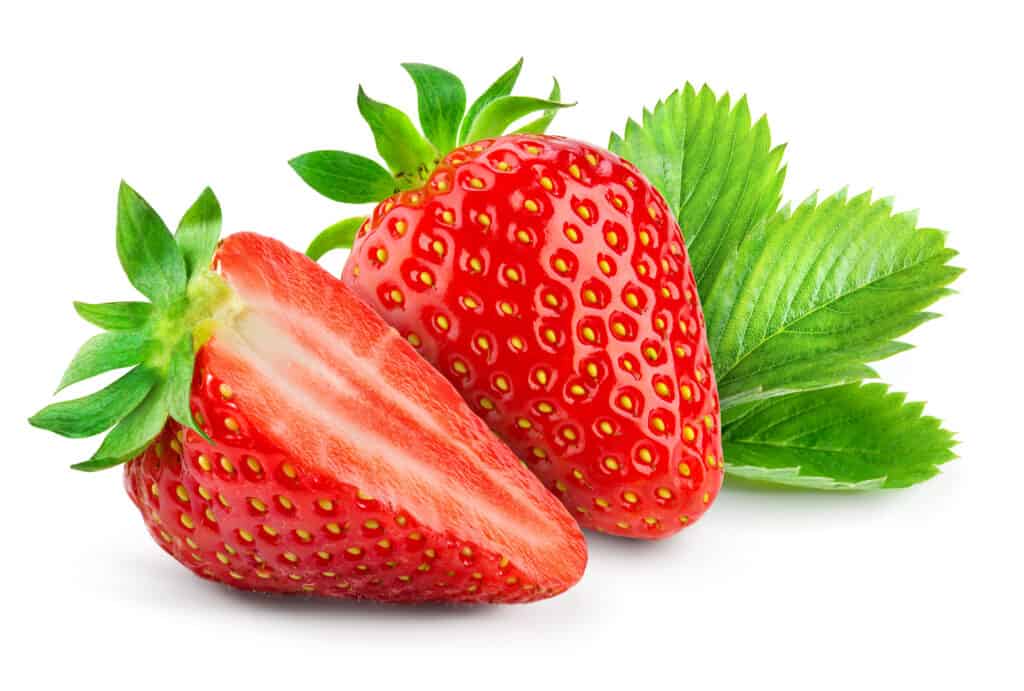
Strawberries that get enough sun will grow big and tasty!
©Tim UR/Shutterstock.com
What Should My Strawberries Look Like?
From their color, size, texture, and sheen, strawberries are a great treat for both the eyes and the palate. Let’s delve into the traits that define what your berries should look like.
- They should be large, round, and full, indicating they are well-developed and delicious.
- Healthy fruits often have a natural glow or gloss on their surface, indicating freshness.
- The color of ripe strawberries depends on the variety, but they should generally have a vibrant, deep red color. The color should be consistent throughout the fruit, without any pale or white areas.
- While natural variations occur, it should generally have a symmetrical and consistent shape.
- Gently pressing the berries should reveal a slight firmness. They should not feel mushy or overly soft.
- Ripe strawberries produce a sweet and fruity aroma. If they lack any noticeable fragrance, they might be underripe.
- Look for berries free of bruising, mold, or dark spots.
- The green cap and stem should be fresh, green, and attached to the berry. This means that the fruit was harvested at the right time.
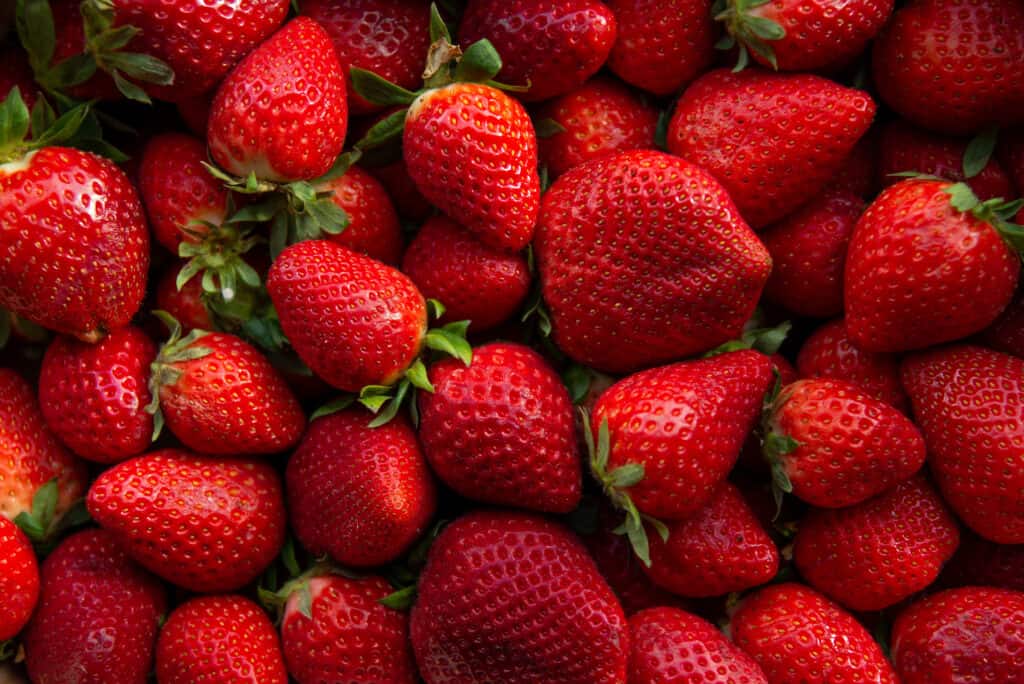
Strawberries are ready for harvest when plump, bright red with green foliage and a sweet smell.
©Erika Anes/Shutterstock.com
How Do I Get My Strawberries to Grow Bigger?
Are you looking to improve your harvest? Discover valuable tips and techniques for achieving plumper and juicier fruits.
Here is a list of essential insights on proper planting, care routines, soil enrichment, and more to help your strawberries thrive and grow to their full potential.
1. Select the Right Variety
Choose a variety known for producing large fruits. Some popular types with large fruits include “Seascape,” “Ozark Beauty,” “Chandler,” and “Allstar.”
2. Prepare the Soil
Plant your strawberries in well-draining, fertile soil rich in organic matter. Add compost or manure to the ground to provide essential nutrients before planting.
3. Provide Adequate Sunlight
Ensure your strawberry plants receive at least 6 to 8 hours of direct sunlight daily. More sunlight generally leads to better growth and larger fruits.
4. Proper Spacing
Plant your strawberry plants with adequate space between them. This practice prevents overcrowding and allows each plant to access nutrients, water, and sunlight without competition.
5. Fertilize Appropriately
Apply a balanced fertilizer with a higher potassium content (third number in the N-P-K ratio) to promote fruit development. Avoid over-fertilizing, as excessive nitrogen can lead to lush foliage but smaller fruits.

Strawberries are high in folate, vitamin C, and manganese.
©AVN Photo Lab/Shutterstock.com
6. Mulch
Mulch around your plants with straw or mulching fabric. It helps retain soil moisture, suppresses weeds, and prevents direct contact between the fruit and the soil, reducing the risk of rot.
7. Water Consistently
Keep the soil consistently moist, but avoid waterlogging. Water deeply and infrequently rather than shallow, frequent watering. Drip irrigation is ideal to keep the foliage and fruit dry.
8. Prune Properly
Regularly remove any dead leaves and older leaves blocking sunlight from reaching the center of the plant. By doing this, you encourage better airflow and light penetration.
9. Monitor Pests and Diseases
Inspect your plants regularly for signs of pests or diseases and take action right away should you identify what’s affecting fruit growth.
10. Pollination
While strawberries can self-pollinate, encouraging pollinators like bees can still improve fruit development. Plant pollinator-friendly flowers nearby to attract bees.
11. Temperature Control
Protect your plants from extreme temperatures. Consider using row covers during cold snaps and providing shade during excessively hot periods.
12. Support the Fruit
As the strawberries grow, consider using straw or other materials to support the fruit and prevent direct contact with the soil. In this way, you reduce the risk of rot and damage.
13. Thin Out Clusters
If multiple strawberries develop close together, consider thinning out the clusters to provide more space for individual fruits to grow.
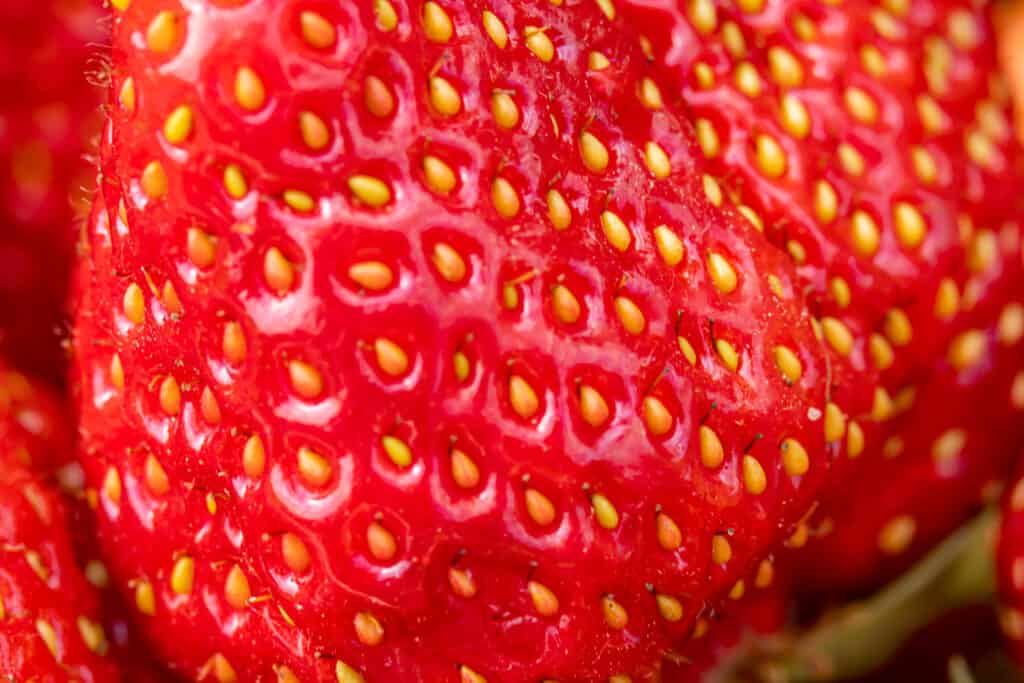
The tiny seeds on strawberries are called achenes.
©iStock.com/Oleg Prolat
What’s the Best Way to Grow Strawberries?
Success in cultivating healthy and delicious strawberries can vary based on your location, climate, and growing variety. Regular care and adjustments are key to successful strawberry gardening.
In addition to the above guidelines on how to grow bigger strawberries, we can add a few other tips to ensure a constant healthy harvest.
1. Choose a Suitable Location
Select a site that receives at least 6-8 hours of direct sunlight, as it is crucial for healthy plant growth and fruit development.
2. Choose the Right Variety
Select a variety based on your climate, space, and taste. Consider whether you want June-bearing, everbearing, or day-neutral types.
3. Protecting from Birds
Birds are often attracted to ripe strawberries. Use bird netting or other measures.
4. Crop Rotation
If possible, avoid planting your berries in the same spot (crop rotation) year after year to reduce the risk of soil-borne diseases.
5. Winter Care
In colder climates, provide winter protection by mulching the plants with straw or leaves after the first hard frost. Doing this can protect plants from extreme cold.
6. Harvesting
Harvest strawberries when they are fully ripe. They should be uniform in color and easy to detach from the stem. Gently lift the berries, as pulling can damage the plant.

Strawberries are ready for harvest when plump, bright red with green foliage and a sweet smell.
©nadia_if/Shutterstock.com
Thank you for reading! Have some feedback for us? Contact the AZ Animals editorial team.

